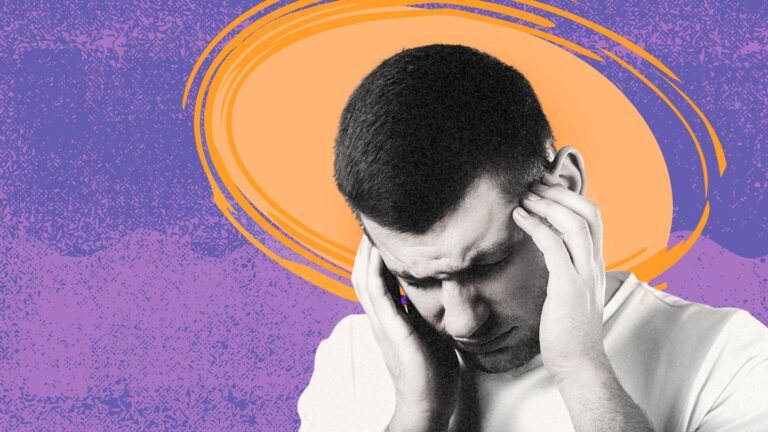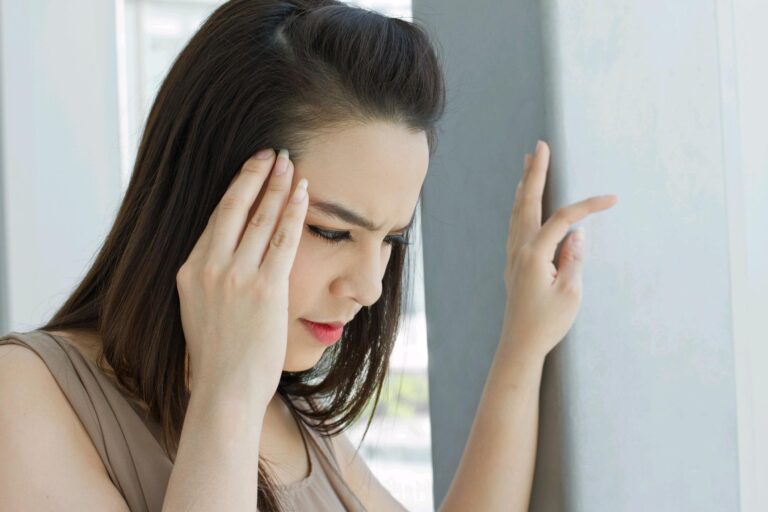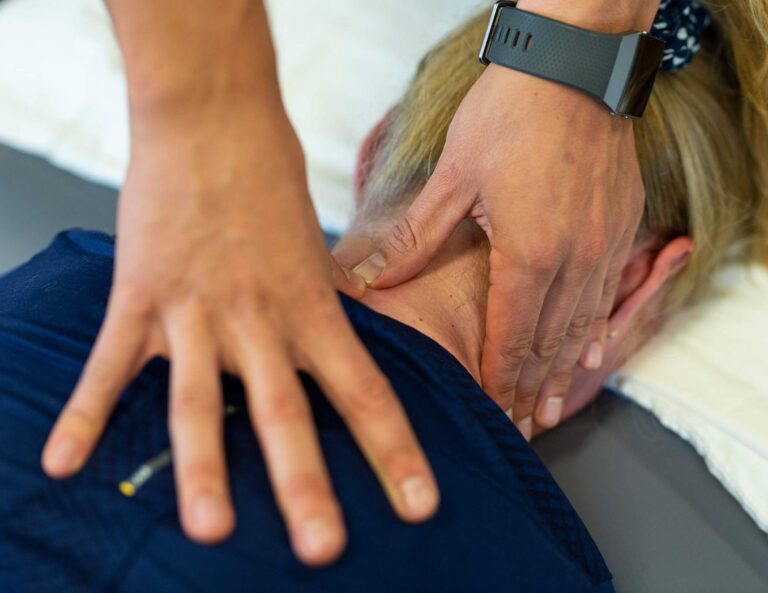WHAT IS VESTIBULAR MIGRAINE?
Does your head hurt constantly? Are you not able to explain the accompanying symptoms? This might be the indication of migraine. Every person suffering from migraine has a story to share. Their pain impacts every aspect of life.
Normal headaches are described by a moderate to extreme beating or pounding cerebral pain, vestibular headaches might include migraines in blend with vestibular side effects such as vertigo, imbalance, nausea, and vomiting. The vestibular migraine affects the nervous system causing repeated dizziness or vertigo if you have a history of migraine symptoms.
There is quite often a history linked with motion sensitivity (like nausea) since adolescence, and migraine cerebral pains eventually in the individual’s lifetime, regardless of whether they last happened many years prior.
WHAT LEADS TO VESTIBULAR MIGRAINE?
Vestibular migraine isn’t completely seen yet appears to come about because of covering pathways that tweak pain and vestibular contributions to the cerebrum. Vestibular migraines similar to other migraine syndromes run in families. Even though science has not explained the complicated systems of migraine, it is realized that ladies will quite often experience the ill effects of the condition more than men, and side effects might deteriorate around the period.

Additionally, individuals vulnerable to vestibular migraines can encounter episodes after migraine triggers including:
- Stress
- Lack of sleep
- Dehydration
- Weather changes, or changes in barometric pressure
- Menstruation
Some foods and drinks may also trigger your vestibular migraine:
- Chocolate
- Red wine
- Aged cheeses
- Monosodium glutamate (MSG)
- Processed meats
- Coffee
- Sodas with caffeine
Vestibular migraines might endure a couple of moments or minutes, however once in a while, they persevere for quite a long time. Seldom do they last longer than 72 hours? As a rule, side effects keep going for a couple of moments to a few hours. Notwithstanding dizziness, you might feel cockeyed, dazed, and dazed. Moving your head might make those side effects deteriorate.
A vestibular migraine happens in around 1% of the populace. It’s the most normal reason for unconstrained vertigo episodes. Youngsters may likewise encounter episodes like vestibular migraines. In youngsters, it’s known as “benign paroxysmal vertigo of life as a youngster.” Those kids are more probable than others to encounter migraines sometime down the road.
WHAT ARE THE SYMPTOMS OF VESTIBULAR MIGRAINE?
The primary symptom of a vestibular migraine is an episode of vertigo. Typically it happens immediately. You may likewise encounter symptoms including:
- Severe, throbbing headache, usually on one side of the head
- Nausea and vomiting
- Sensitivity to light – photophobia
- Sensitivity to smell – osmophobia
- Sensitivity to noise – phonophobia
- Vertigo (dizziness), usually lasting minutes to hours, but sometimes days
- Unsteadiness and loss of balance
- Sensitivity to motion
Although abstract hearing symptoms (ringing, fullness, pressure in one of the two ears) are normal, critical hearing misfortune ought to raise doubt about an inward ear issue like Méniére’s illness.
With vestibular migraine, the individual might encounter a blend of vestibular assaults, visual air, or aversion to visual feeling and movement at various times, and they can happen regardless of real cerebral pain.
HOW ARE VESTIBULAR MIGRAINES DIAGNOSED?
No blood or imaging test can tell for sure. The doctor would confirm vestibular migraine if you:
- Have or had migraines in the past.
- Have at least 5 episodes of vertigo making you feel like spinning or moving (This is different from motion sickness or feeling faint).
- Feel these episodes last between 5 minutes to 72 hours.
- Have symptoms that are moderate to severe.

The symptoms restrict you from doing everyday tasks or do not allow you to do anything at all. Or if at least half of the migraine episodes happen with one of the following symptoms:
- A headache is accompanied by two of these characteristics: one-sided, pulsing, moderate to severe, or gets worse with activity.
- Sensitivity to light or sound
- Seeing shimmering or flashing lights in your vision (a migraine aura).
The specialist may get an MRI scan to check your brain as well as run hearing and balance tests to rule out problems with your ears. These tests also rule out other possibilities such as Meniere’s disease and brainstem stroke.
HOW ARE VESTIBULAR MIGRAINES DIFFERENT FROM CLASSIC MIGRAINES?
A migraine headache ranges from moderate to severe pain that tends to repeat. The pain frequently starts on one side of the head and pulsates or beats. You might see an aversion to light, sound, and smells. You might encounter queasiness and retching.
Certain individuals notice an admonition sign or quality (viewable prompts, for example, brilliant glimmering lights, for instance) before a headache. They will quite often run in families, however there are different triggers – passionate pressure, aversion to synthetic substances and additives in food, caffeine, and lack of sleep.
The doctor would follow the three common approaches that include:
- Define and avoid your triggers — stress, certain foods or not enough sleep.
- Prescribe supplements like riboflavin or magnesium.
- Prescribe over-the-counter or prescription drugs to reduce pain or prevent headaches.
Medicine is accessible to help assuming vestibular headache side effects are serious and happen consistently to the point of impeding an individual’s life. Drugs may particularly have the option to help less unavoidable triggers, like hormonal changes or stress.
WHAT ARE THE NATURAL TREATMENTS FOR VESTIBULAR MIGRAINE?
Making way of life changes and staying away from triggers can assist with lessening the side effects of vestibular headache. Steps that can help include:
- Eating a healthy diet
- Getting enough sleep every night
- Trying to reduce stress
- Exercising regularly
- Avoiding any food or drink that may be a trigger, such as alcohol

Vestibular rehabilitation therapy (VRT) may help overall assuming that the condition is serious, as well likewise with normal or especially awful side effects. This treatment can incorporate activities to balance out the look and work on the capacity of the eyes to follow development. It can likewise consolidate assignments to further develop equilibrium and dexterity.
OUTLOOK
At the point when side effects occur with high recurrence, it can affect an individual’s capacity to carry on with their everyday life. This might be a pessimistic effect for an individual’s vocation, training, and associations with loved ones.
Living with the condition can be confining and deterring. As well as investigating medicines, searching for help from peers with the condition may likewise help.
If you or anyone you know is suffering from vestibular migraine, our expert providers at Specialty Care Clinics will take care of your health and help you recover.
Call us on (469) 545-9983 to book an appointment with our specialists.
